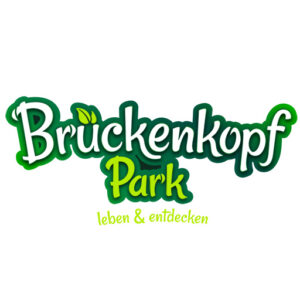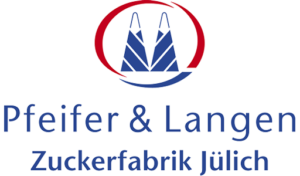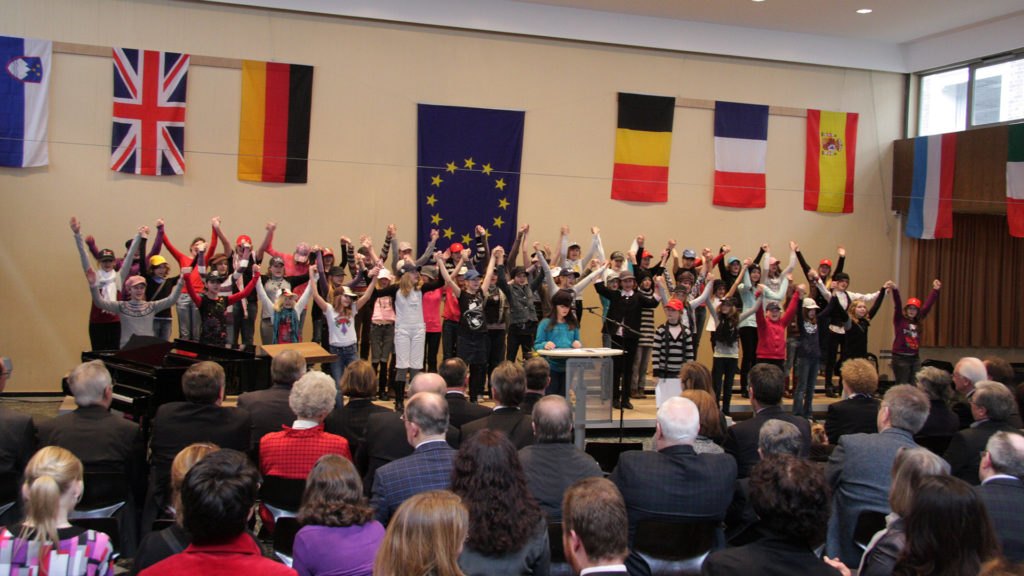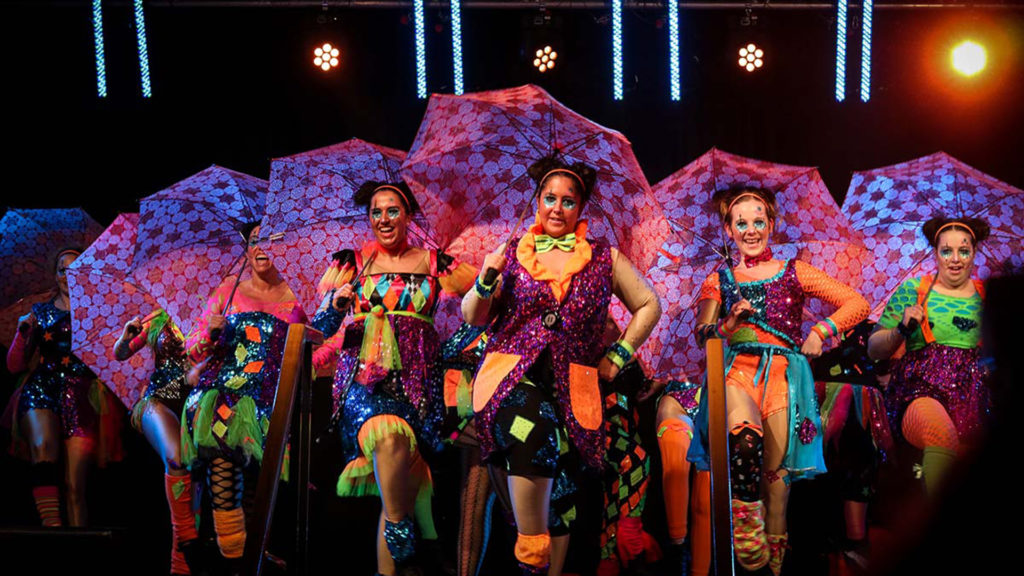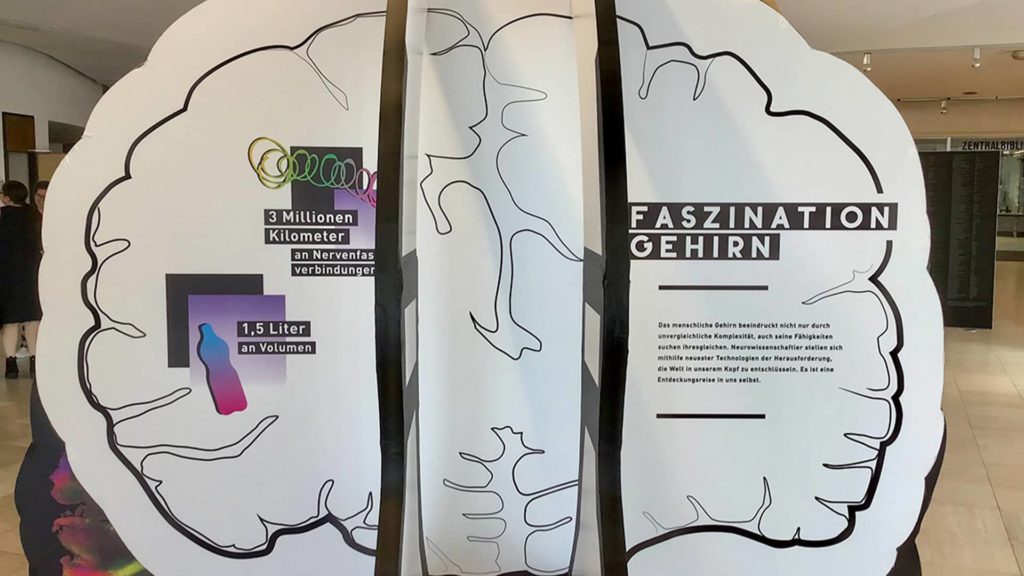The Jülich City History Museum is characterized by its diversity.
The Jülich City History Museum has been in existence for over 120 years, making it one of the oldest of its kind in the region. With a decentralized concept—operating at two locations—the institution focuses on the 2,000-year history of Jülich in archaeology, urban and social history, architecture, and visual arts. The Cultural Center at the Hexenturm houses the Landscape Gallery, featuring over 100 drawings and around 20 oil paintings by Johann Wilhelm Schirmer (1807-63), a native Jülicher painter and founder of landscape painting in the Düsseldorf School, as well as graphic prints on the theme of military technology, particularly an 80-plate series of etchings titled ‘Los Desastres de la Guerra’ (The Disasters of War) by Francisco Goya.
The Citadel Museum is, on one hand, a Renaissance fortress featuring bastions, walls, casemates, and a powder magazine, which is also used as a space for temporary exhibitions. On the other hand, it includes the vaulted cellars of the castle, showcasing a presentation on the history of the citadel. Special attention is given here Special attention is given to the siege period from 1610 to 1621 and the French era, with objects related to material culture and the decorative arts of the Renaissance, modern architecture and fortification treaties, as well as the development of weapons and fortifications from the 16th to the 19th centuries. Highlights for visitors include staged displays such as the workspace of architect Pasqualini, the presentation of noble dining culture in the former castle kitchen, and the spectacular weapons collection.
In the southeast tower of the Jülich Citadel is the information center for the ‘Via Belgica.’ With a preserved excavation section of the 2,000-year-old road, visitors can see the history unfold, from the Roman road surface to the asphalt pavement of the 20th century. This center was created as part of the project ‘Experience Space Roman Road | Agrippastraße Via Belgica.'”


